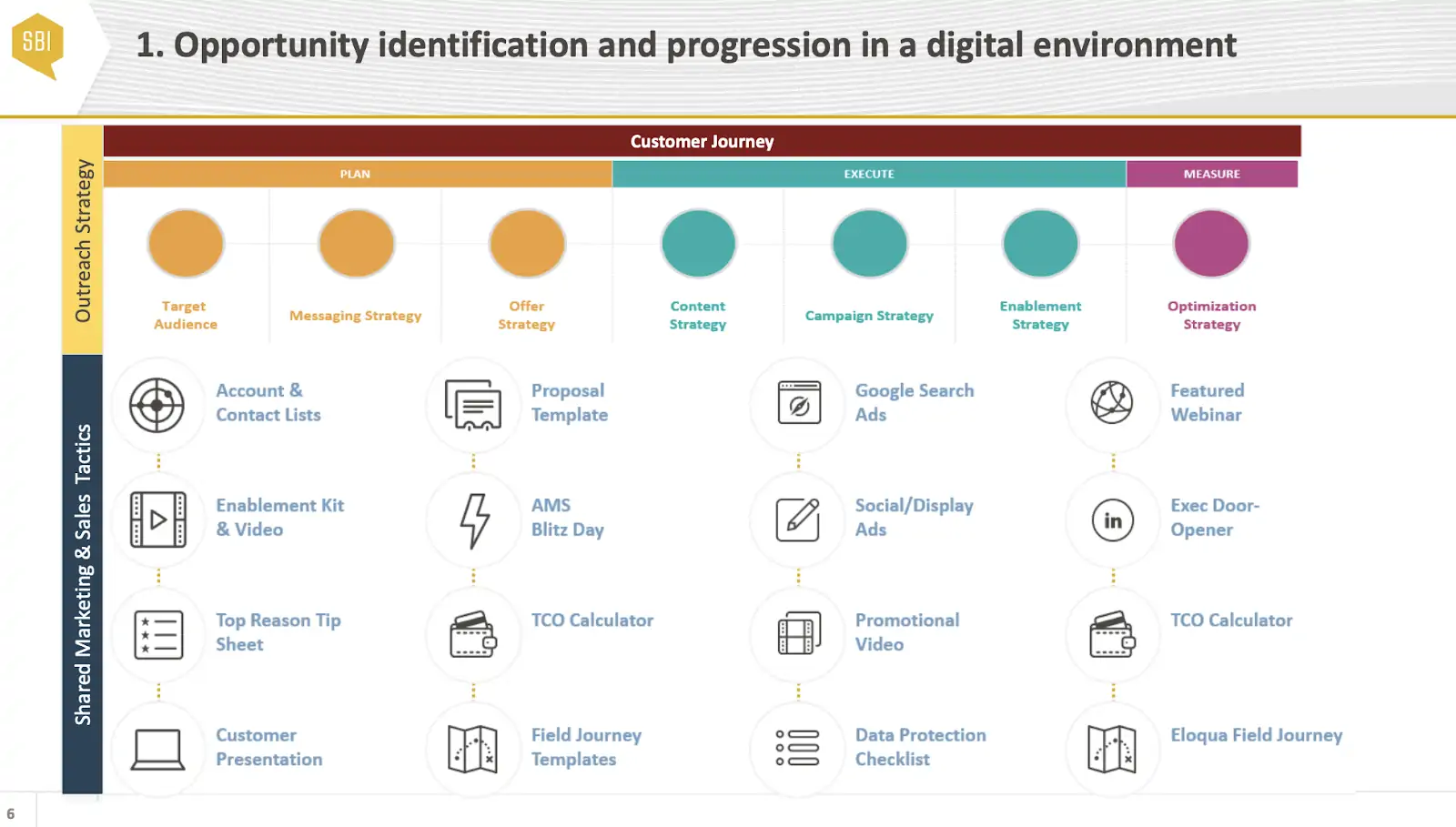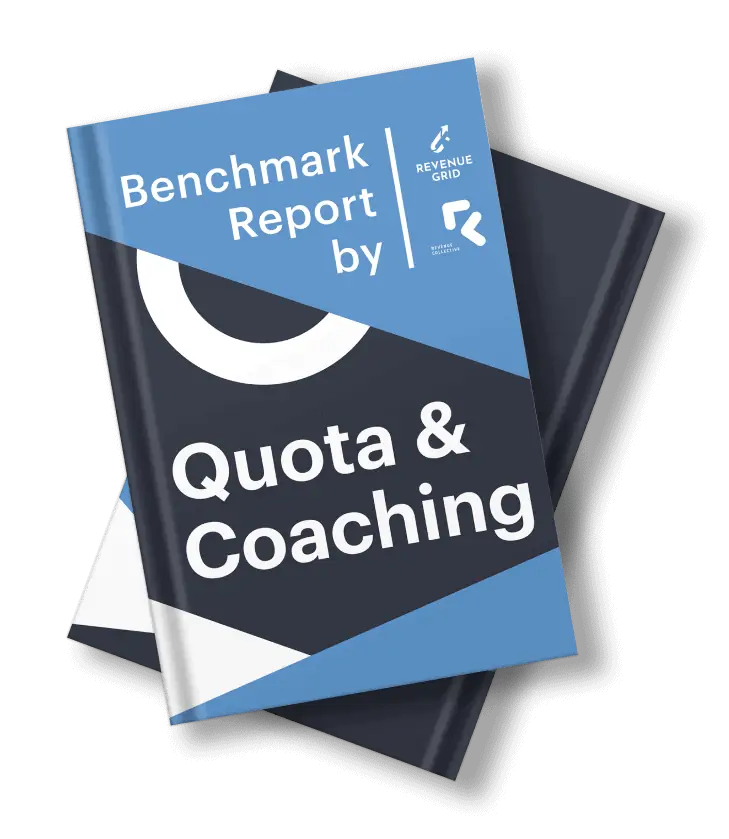Sales has always been about trying to close as many deals as possible in the least amount of time. In the past, sellers relied on gut feelings and best practices to lock down big wins.
Today’s sales teams don’t have time to learn by trial and error. There’s a ton of competition, buyer expectations are at an all-time high, and decisions need to happen in real-time.
Sales data—and the ability to interpret it quickly and accurately—can transform the sales strategy at every level.
For sales leaders, that means more accurate forecasts and smarter planning, while front-line sales reps close deals faster by turning data points into human connections.
Below, I’ve included 4 out-of-the-box strategies to take your big data sales game to the next level—for transformative results.
Why sales data analysis is key to closing deals faster
Sales data analysis allows you to use insights captured during every interaction.
When you understand the customer in context, you can personalize messaging, respond to changing needs, and secure repeat wins. You can see threats and opportunities on the horizon and change the game plan as the situation evolves.
- According to Hubspot’s State of Sales Enablement report, sellers that understand how to leverage data have a competitive advantage. 44% of sales leaders on track to hit revenue targets this year have invested in market research and competitive intelligence solutions.
- Post-COVID, chances are, most closing techniques will hinge on good sales data. According to McKinsey, the pandemic has caused some fundamental shifts in buyer behavior. Meaning, without sales data analysis, you may not know your customers as well as you thought.
- According to Talkwalker’s 2021 State of Conversational Analytics report, 82% of organizations say the pandemic has changed their understanding of consumer conversations. They also found that half of those respondents reported having limited access to those insights.
- According to Salesforce’s State of the Connected Customer report, 71% of customers expect brands to engage with them in real-time. 68% would prefer to use self-service channels like knowledge bases to find answers and insights.
Before we get into it, it’s important to note that you’ll need a 360-degree view of the customer that includes a wide range of data types. That includes conversational analytics, behavioral insights, intent data, etc.—anything that could influence a deal.
All data must also be “clean” and connected to a single source of truth (your CRM).
1. Use data to optimize costs
Per Accenture, “sales organizations face an uphill battle in trying to respond to the changing needs and expanding expectations of high-tech customers while feeling the pinch of economic pressure to reduce operating expenses.”
According to the Sales Benchmark Index (SBI), organizations are taking a more granular approach to mapping out customer journeys for hyper-specific “sub-personas.”
By tracking and analyzing sales data, organizations can focus their efforts and ad spend on targeting the decision-makers most like your most profitable customers.
If you’re targeting a specific company, you might take things a step further and create campaigns for individual decision-makers. So, using something like the graphic below, you might have two personas that respond to the same messaging, ads, etc.
But maybe they respond to different enablement strategies. That slight mismatch might mean targeting each group with its own campaign for better results.
You might follow a similar approach to encourage upsells—targeting existing customers with relevant add-ons. Or make the case for a more expensive plan—with relevant features, of course.
2. Use data to level up the self-service experience
Self-service may sound like a hands-off strategy—at least once everything is in place.
But the reality is, it’s a critical part of the sales process.
B2B self-service allows you to start building relationships before the buyer makes contact and can support them through every stage in the customer journey.
Data lends some humanity to the self-serve experience by being helpful, relevant, and tailored to the individual.
Build a knowledge base using customer insights.
You’ll want to look at which pages, downloads, content types, and product pages had the most impact on conversions. You can look at Google Search Console to learn more about which pages were most effective in moving deals through the pipeline.
What did those pages have in common? You can also look at which search terms brought visitors there in the first place. This can help you understand how to match buyer intent to the post-click experience.
You might also look for relevant topics using conversational analytics. Here’s an example from our Recordings feature. In this case, you might filter demo recordings by theme to surface recurring topics—and make sure you address them in your knowledge base.
For underperforming pages, tools like heat maps, click maps, and in-app recordings can help you identify friction points. Where are people getting stuck? Or leaving?
Use automation to guide users to the right place
For example, you might add AI chatbots to key pages like Drift. Notice how the bot initiates the conversation? This allows organizations to get visitors the information they need before they get frustrated.
You might also set up an automated sequence for inbound leads Revenue Grid. So, if someone downloads a specific asset, you’ll automatically follow up with an email before launching into the nurture sequence.
These solutions help sales reps nurture leads and target priority deals without spreading themselves thin.
And, finally, it’s about syncing those self-service interactions back to the CRM
Back to that single source of truth.
If you’re automating inbound lead nurturing, you’ll want to know how SMS compares to LinkedIn.
If you’ve got chatbots embedded on key pages, you’ll want to see how people respond—and determine whether some pages are working better than others.
Here’s what Revenue Grid’s automated sequence data looks like on the Salesforce side:
At the manager/exec level, you’ll zoom out and look at how sequences are performing across all reps and open opportunities.
3. Use data to tell stories
Data grounds opportunity costs in reality, heightens the emotional stakes of inaction, and demonstrates your ability to solve a specific problem.
To get started, look toward your core value prop. According to Tim Riesterer of Corporate Visions, most B2B salespeople say the solutions they sell overlap with competing solutions by as much as 70%. He recommends that reps focus on the 30% that’s different (Riesterer calls this the “value wedge”) rather than rattling off the same specs everyone else is offering.
That value wedge remains fixed—no matter who you’re talking to.
But, you’ll use data from past interactions, industry conditions, etc. to create a narrative around the prospect (aka your hero).
Here are a few types of data you’ll want to use in your story:
High-level industry insights
You can use stats from industry reports, but if you want to maximize the impact of your story, original research or proprietary insights are best. I’m talking about market intelligence.
You might point toward specific stats that highlight COVID’s impact on the supply chain. Or it might reveal new opportunities for financial services firms to improve digital banking.
This might be data from a report you’ve published or insights gleaned from your market intelligence platform. You can use industry reports like the ones I’ve linked to above (Hubspot, Salesforce, etc.). However, you’ll want to focus on providing “intel” that prospects can’t find somewhere else.
Data that demonstrates the value of your solution
You’ll want to highlight data that demonstrates your ability to solve the problem. Case studies tend to do well here.
According to Demand Get Report, 71% of B2B buyers said they consumed content during the purchase process, and 64% of participants said they shared relevant case studies more than any other format.
Though the keyword is relevance—make sure you share case studies that solve the problem your customer is currently dealing with.
Personal insights
But it’s the individual pain points and recommendations that put solutions in context and drive deals home.
This approach is central to the Challenger Sales methodology, which uses data to point out unconsidered (yet crucial) needs—and direct prospects to a specific solution.
Sales Hacker recommends using industry benchmarks to point out where prospects are losing ground to competitors.
To use their example, if you’re selling a service that improves landing page performance, you might use Hubspot’s Industry Benchmarks report to give the prospect an idea of where they stand. Then, to make it “real,” you might use SEMRush to show the prospect how they rank for certain keywords, compared to their competitors.
Final thoughts
Now more than ever, closing the deal depends on learning to effectively use sales data to close deals faster by creating value throughout the customer journey.
However, it’s important to note that getting the entire organization up to speed when it comes to putting data into action is no easy task.
One of the best places to start putting data to work is with your Sales Managers. Since they control the frontline performance of your sales org and guide reps in each deal, empowering them with more data access and insights can have an outsized effect on revenue generation.
To learn how to enable your sales managers to leverage data and improve their team’s performance, check out our webinar with Sales Hacker, How the Best Sales Managers Turn Data Insight into Actions.


